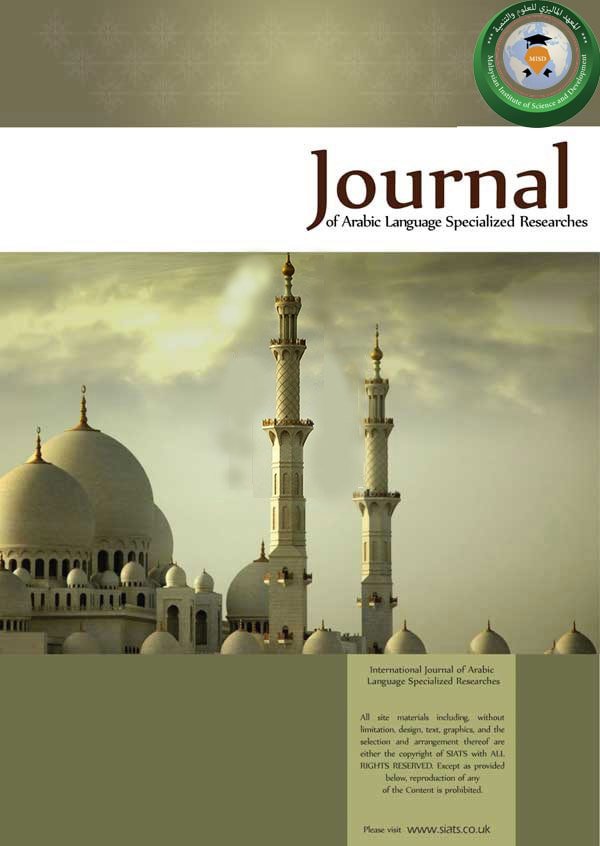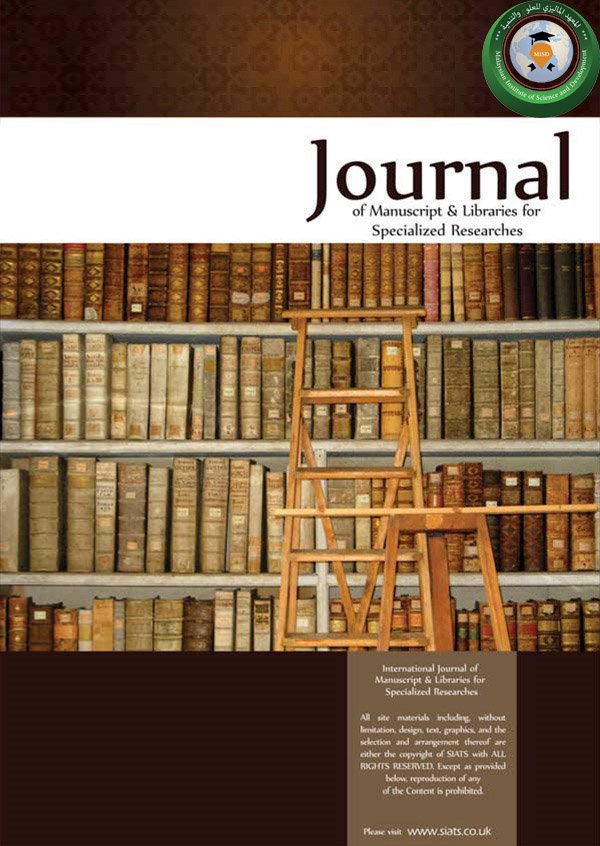
المجلة الدولية للعلوم الطبيعية وتكنولوجيا النانو
تعريف بالمجلة :
المجلة الدولية للعلوم الطبيعية وتكنولوجيا النانو مختصرة باسم (IJNSN)هي مجلة متعددة
التخصصات مكرسة لتطوير البحث والابتكار في مجالات العلوم الطبيعية وتكنولوجيا النانو.
وهي تتضمن أوراق بحثية متخصصة، ومراسلات قصيرة، ومقالات مراجعة، وأوراق
مؤتمرات مختارة. مع الالتزام بالتميز والدقة العلمية، توفر المجلة منصة للعلماء والباحثين
والأكاديميين في جميع أنحاء العالم لعرض نتائجهم المتطورة والمساهمة في المجتمع العلمي....
تغطي (IJNSN) مجموعة واسعة من التخصصات في العلوم الطبيعية، بما في ذلك الفيزياء
والكيمياء والبيولوجيا والعلوم البيئية وعلوم تقنية النانو. الميكروبات النانوية، النظم
البيولوجية، الهياكل النانوية، الإلكترونيات النانوية، البصريات النانوية، التنوع البيولوجي
والبيئة، التكنولوجيا الحيوية، البيولوجيا الجزيئية، الكيمياء الحيوية، الطب العشبي، العلوم
البحرية، علم الحيوان، جودة المياه، علم النبات بالإضافة إلى الموضوعات ذات الصلة في
نطاق المجلة. كما أنه يركز على مجال التطور السريع لتقنية النانو، والذي يستكشف معالجة
المادة وتطبيقها على مستوى النانو. من خلال تبني البحث متعدد التخصصات.
هدفنا الأساسي هو نشر أوراق بحثية أصلية عالية الجودة، ومقالات مراجعة، وإسهامات
علمية لها آثار كبيرة على تقدم العلوم الطبيعية وتكنولوجيا النانو.
في (IJNSN)، نستخدم عملية صارمة لمراجعة الأقران لضمان جودة وصحة الأعمال
المنشورة. يتم تقييم المخطوطات من قبل خبراء في المجالات المعنية، مما يضمن نشر
الأبحاث السليمة والمؤثرة علميًا فقط لقرائنا.
نحن ملتزمون بالنشر المفتوح، مما يعني أن جميع المقالات المنشورة متاحة مجانًا للقراء في
جميع أنحاء العالم. هذا يعزز الرؤية وإمكانية الوصول إلى المعرفة العلمية، ويسهل المزيد
من البحث، ودفع التقدم العلمي.
من خلال النشر في (IJNSN)، يكتسب المؤلفون الفرصة لعرض أعمالهم على جمهور
عالمي من العلماء والباحثين. تعمل المجلة كمنصة لتبادل الاكتشافات وتبادل الأفكار وتعزيز
التعاون بين الخبراء في مختلف المجالات. ندعو العلماء والباحثين والأكاديميين للانضمام
إلينا في سعينا للتقدم العلمي والاستكشاف والابتكار معًا، دعونا ندفع حدود المعرفة، ونقود
البحوث التحويلية، ونؤثر بشكل إيجابي على العالم من خلال المجلة الدولية للعلوم الطبيعة
وتكنولوجيا النانو.
للحفاظ على أعلى مستوى من الشفافية ومستوى عالي من المراجعة، تتبع هذه المجلة نظام
مراجعة الأقران (Advanced OPEN) الذي يحظى باحترام كبير؛ خاصة تلك المتعلقة
بإرشادات لجنة أخلاقيات النشر (COPE) لمحرري المجلات (مارس 2011) وللمراجعين
النظراء (مارس 2013). سيتم نقل حقوق النشر الخاصة بالمقالات إلى المجلة.








 English
English